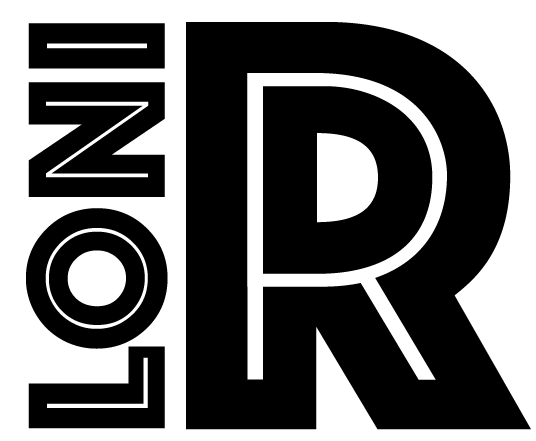The landmarks for delineating the occipital lobe cortex include:
- parieto-occipital sulcus
- angular gyrus
- temporo-occipital sulcus
- lingual gyrus
- collateral sulcus
- posterior transverse collateral
- inferior occipital gyrus
- anterior calcarine sulcus
- Begin tracing at the most mid-sagittal slice at the parieto-occipital sulcus (Fig. 1).
- After the parieto-occipital sulcus ends, draw a straight line connecting it to the , which is the posterior boundary of the angular gyrus (Fig. 2).
- Working laterally, follow the horizontal ramus of the superior temporal sulcus (horizontal posterior segment of the parallel sulcus) to the temporo-occipital sulcus. The temporo-occipital sulcus terminates in the temporal-occipital notch (Fig. 3).
- The occipital lobe is everything posterior to these boundaries. Beginning on the basal surface of the brain, the occipital lobe begins as the lingual gyrus, lateral of the anterior calcarine sulcus (Fig. 4).
- The border of the lingual gyrus is the collateral sulcus. Follow thecollateral sulcus (Fig. 5), as it becomes the posterior transverse collateral, with all posterior parts of the boundary occipital cortex.
- Before the posterior transverse collateral terminates, include the upper (anterior) branch of the inferior occipital gyrus (Fig. 6), but not any of the fourth occipital gyrus.
- Continue the delineating the sulcus until it ends at the temporal occipital notch (Fig. 7).
- Medially, the cortex of the occipital lobe is delineated by following the parieto-occipital sulcus and temporal-occipital sulcus. In the absence of any distinguishable sulci, which may occur, straight lines are drawn to box off the region. Generally this is unnecessary if cues are used from surrounding slices.



